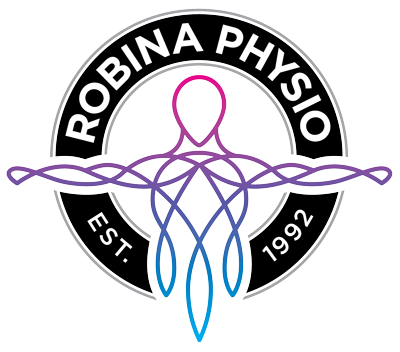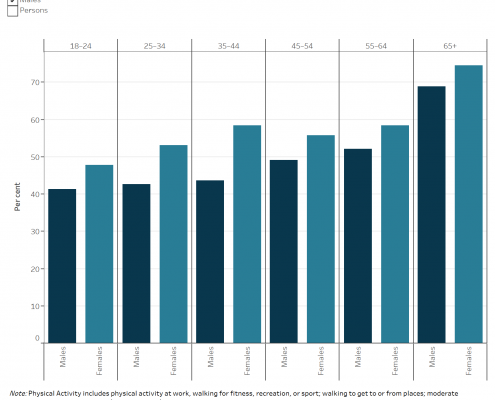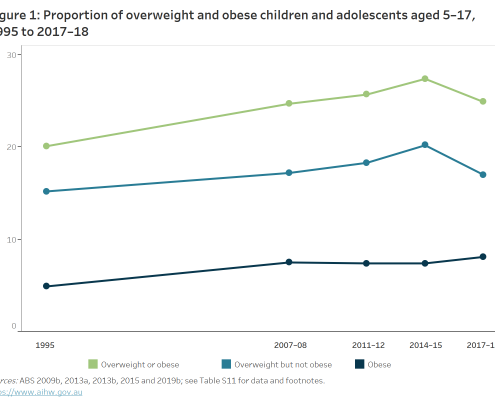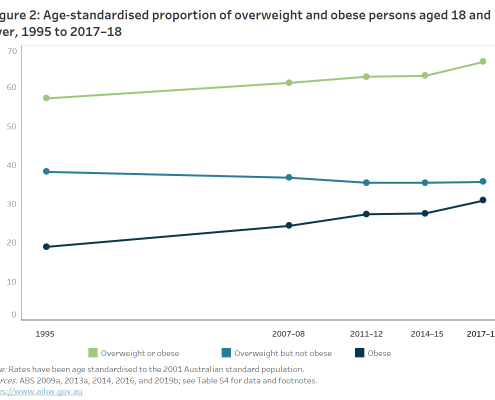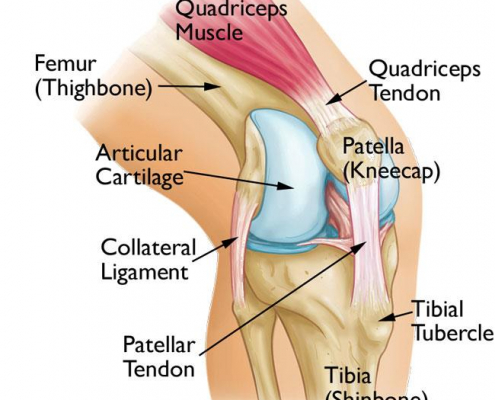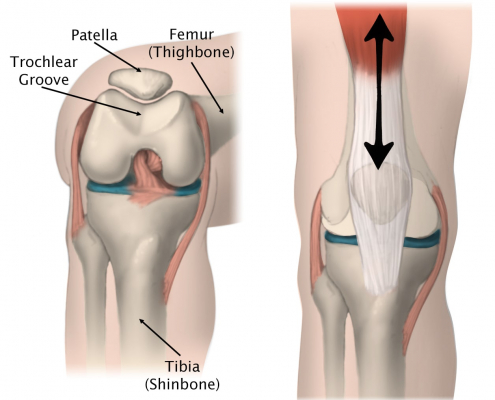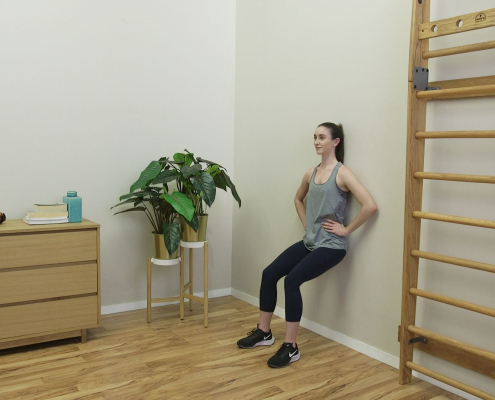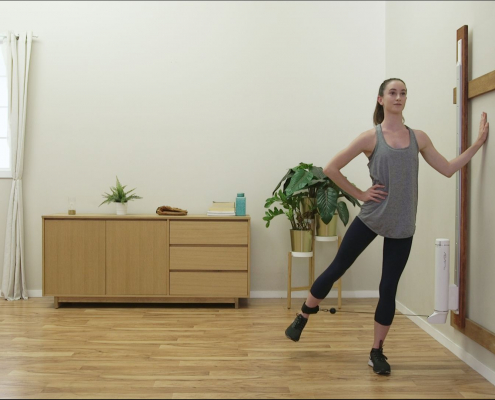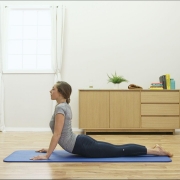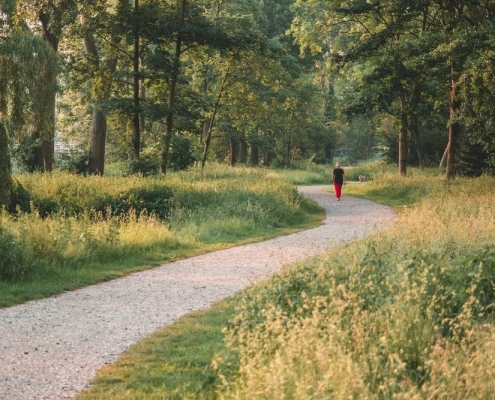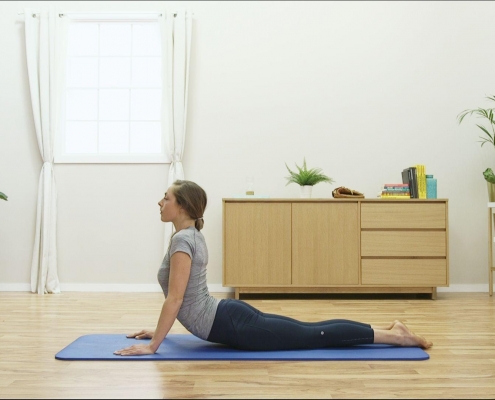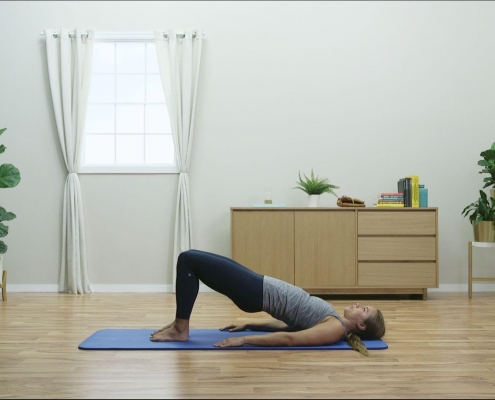Exercise
Exercise
By Aaron Woolley, Physiotherapist.
Exercising and being physically active is essential for good mental and physical health and wellbeing. It reduces the risk of many diseases, including some cancers, and helps maintain a healthy weight.
Based on self-reported data from the 2017–18 National Health Survey, more than half of adults (55%) didn’t participate in sufficient physical activity. Women were more likely than men to be insufficiently active (59% compared with 50%). The rate of insufficient activity increases with age, with more than two-thirds of those aged 65 and over (69% of men and 75% of women) were insufficiently active.
Unfortunately, insufficient exercise does significantly increase the risk of getting many associated diseases including:
- Type 2 diabetes = 19%
- Bowel Cancer = 17%
- Uterine Cancer = 16%
- Dementia = 14%
- Coronary Heart Disease = 12%
- Breast Cancer = 11%
- Stroke = 10%
The trend of insufficient activity is also a major factor leading to overweight and obesity rates in Australia, which are not improving. An estimated 1 in 4 (25%) children and adolescents aged 2–17 were overweight or obese (1.2 million children and adolescents).
For adults, 2 in 3 (67%) Australians were overweight or obese (36% were overweight but not obese, and 31% were obese). That’s around 12.5 million adults. Men had higher rates of overweight and obesity then women (75% of men and 60% of women), and higher rates of obesity (33% of men and 30% of women).
The health impact of overweight and obesity does also carry a large burden to the community. In 2015, 8.4% of the total burden of disease in Australia was due to overweight and obesity. It also increases the likelihood of developing many chronic conditions, such as cardiovascular disease, asthma, back problems, chronic kidney disease, dementia, diabetes, and some cancers. It is also associated with a higher death rate when looking at all causes of death.
Now for some good news!
It is possible for everyone to take control of their activity levels in many cheap and easy ways. At Robina Physio on the Gold Coast we can help you get started in a safe and effective manner.
Exercise prescription is an integral part of physiotherapy practice and is clinically used to:
- Optimise musculoskeletal strength and function
- Improve cardiovascular fitness
- Improve psychological well-being
- Increase bone density
- Decrease hospital length of stay
- Speed rehabilitation
- Prevent future injuries
Being physically active is important across all ages and contributes to healthy growth and development in children and adolescents. The physical activity guidelines help us provide evidence-based recommendations that outline the minimum amount of physical activity required for health benefits.
Children should aim for:
- Energetic play (such as climbing, running, jumping and dancing)
- Going for a swim, walk, jog or bike ride
- Playing a sport like tennis, football or basketball
Children aged 2–5 should spend at least 180 minutes a day on a variety of physical activities, including energetic play, with no more than 60 minutes of screen time per day.
Children and young people aged 5–17 should accumulate at least 60 minutes of moderate to vigorous activity per day, and no more than 120 minutes of recreational screen time per day.

Adults:
- Should be active most days per week, preferably every day.
- Accumulate at least 150 minutes of moderate exercise/activity or 75 minutes of vigorous exercise/activity each week.
- 65 and over should accumulate at least 30 minutes of moderate exercise/activity each day.
- Include muscle-strengthening activities as part of your daily physical activity on at least 2 days each week. (e.g. push ups, squats, lifting objects etc)
- If you are pregnant and you and your baby are healthy you should aim to meet the requirements for adults.
- Keep in mind that any exercise or activity is better than none.
https://www.health.gov.au/health-topics/physical-activity-and-exercise/pregnancy

As experts in exercise across the life span, physiotherapists play an important role in promoting, prescribing and managing exercise programs. Contact Us on (07) 55787233 or BOOK NOW so the team at Robina Physio on the Gold Coast can help get your activity and exercise journey started.
